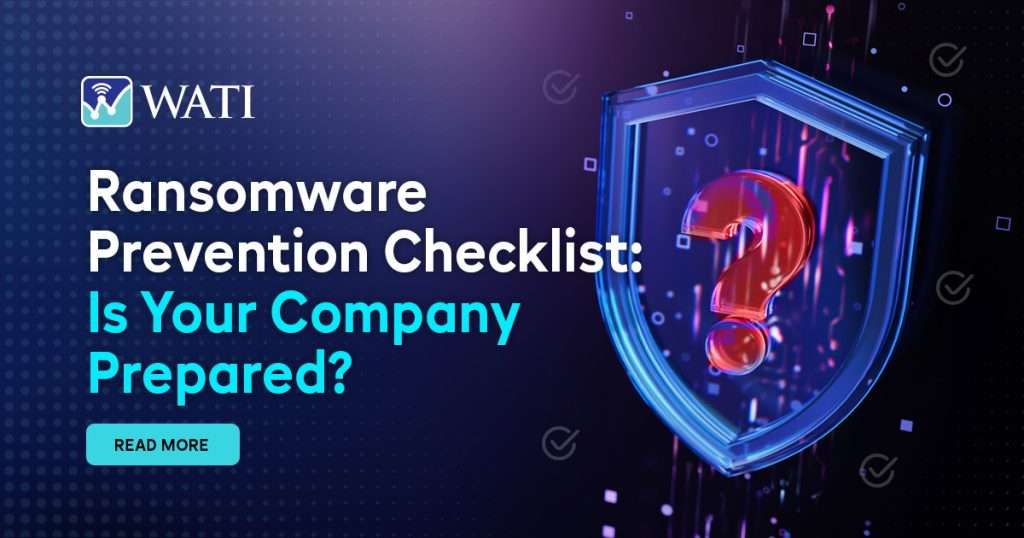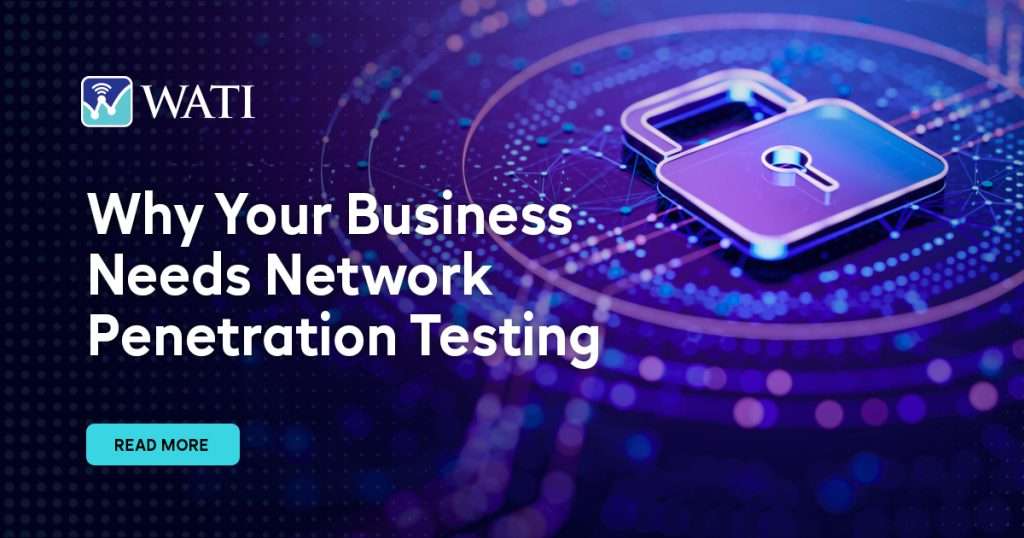While the dangers posed by different forms of cyberattacks are common knowledge among business enterprises, rarely do we hear about the damage caused by insider threats in cybersecurity. But that does not mean they are any less detrimental to businesses than, say, ransomware or phishing attacks. In fact, on average, data breached via an insider attack is much more expensive to resolve than one caused by an external attack.
What Is an Insider Threat?
An insider is anyone who has or had trusted access to an organization’s IT landscape such as its network, system, or data. This could be anyone from a current or former employee or a consultant to a board member or a business partner. An insider attack occurs when organizational data gets breached, or a system gets attacked via the hands of an insider. Again, not all insider threats are the same as they could be intentional, unintentional, or malicious in nature. The possibility of human errors cannot be undermined as it took up the highest percentage of all insider attacks in 2020.
What Are the Different Types of Insider Threats?
- Intentional
In case of an intentional insider attack, the individual deliberately tries to compromise the confidentiality of data or a system. The threat actor usually is a resentful employee who is trying to seek vengeance due to a lack of recognition or failure in receiving the expected bonus.
- Unintentional
Here, the data breach occurs due to human error or negligence on the side of the employee while managing data or a system. The accident may include sending sensitive information to the wrong recipient, disclosing their credentials, or downloading malware This unintentional activity may either lead to data loss, security breach, or business disruption of some other kind.
- Third-party
As the name implies, this type of threat arises via a third-party, namely a business partner or a contractor. In most cases, third-party insider attacks are financially motivated.
- Collusive
A collusive threat occurs when somebody in the organization who has elevated access to systems and data uses this privilege to cooperate with outsiders to compromise business security. The outsiders involved in such instances are either business competitors or nation-states trying to commit espionage.
Who Is Involved in Insider Threats?
Insider threat actors may vary in terms of the type of individuals, their motivation, access levels, and intent.
- Pawns
These are employees who are tricked into performing malicious activities such as opening malicious attachments or clicking on phishing links. Pawns are targeted by hackers through social engineering tactics such as phishing.
- Turncloaks
These are employees who deliberately act maliciously to cause harm to the organization. They may be motivated by financial gain or simply to cause reputational damage.
What Are the Indicators of an Insider Threat?
Insider threats can be identified using behavior that may seem suspicious or out of the ordinary.
- Unusual Logins
Logging in at times outside of work hours could be a sign of suspicious behavior related to insider attacks. Similarly, multiple failed login attempts could also be an instance that needs attention.
- Accessing Unauthorized Applications
Employees accessing unnecessary applications may also be a sign of an insider threat. Tracking the applications that each employee tries to access from the organization is imperative in maintaining business security.
- Exploiting Admin Access
Administrators in every organization have elevated levels of access to various systems and accounts. However, any attempts at trying to access sensitive assets either for themselves or for other unauthorized users should be something that needs to be investigated. Administrators could also exploit certain vulnerabilities in a system to gain such unauthorized access.
- Downloading Large Amounts of Data
It is quite common for certain departments within an organization such as finance or payroll to work with excessive amounts of data. This could be to run certain reports on annual sales, marketing, or for recruitment. However, involving in activities outside of an employee’s scope of work should be viewed with suspicion.
- Suspicious Behavior
Other unusual behavior that should be investigated includes frequent security transgressions, engaging in conflicts with co-workers, and a decline in performance.
Having a rigorous insider threat monitoring system in place helps detect such activities in time.
How to Mitigate an Insider Attack?
Since insiders have unrestricted access to a lot of data and systems, they can cause tremendous harm to the organization. Hence, a quick response is necessary in case of an attack to alleviate the intensity of the damage.
- Insider Threat Detection and Response Plan
Every enterprise should devise a strategy that needs to be followed prior to and post an insider attack. This includes everything from regulatory and compliance requirements to human resource policies. Having an insider threat plan allows the team to act swiftly to mitigate the threat as well as contain it in case of an attack.
- Avoid Jumping to Conclusions
In the event of an insider attack, make sure to investigate the matter thoroughly instead of drawing rash conclusions. An unusual activity or event may not necessarily imply an insider threat. Rather it means that the incident needs to be looked into.
- Reconfigure User Access During an Investigation
Limit the access rights of users in the event of an insider attack as it helps prevent the situation from escalating further. In case the rights are not limited that provides further time and opportunity for the attacker to continue with the activity.
- Insider Threat Detection Tools
The use of insider threat software can help spot unusual behavior within the organization among both individuals and groups. For instance, the insider threat detection tool Splunk tracks individuals and groups by making use of peer group analytics.
Apart from the use of insider threat monitoring tools, there are a few other steps that can be followed to achieve insider threat security.
One of the most effective ways of insider threat management is to ensure that only a limited number of authorized personnel have access to sensitive organizational data and resources. Another step towards insider threat mitigation would be to make sure that everyone associated with the organization follows best practices to maintain digital security.



